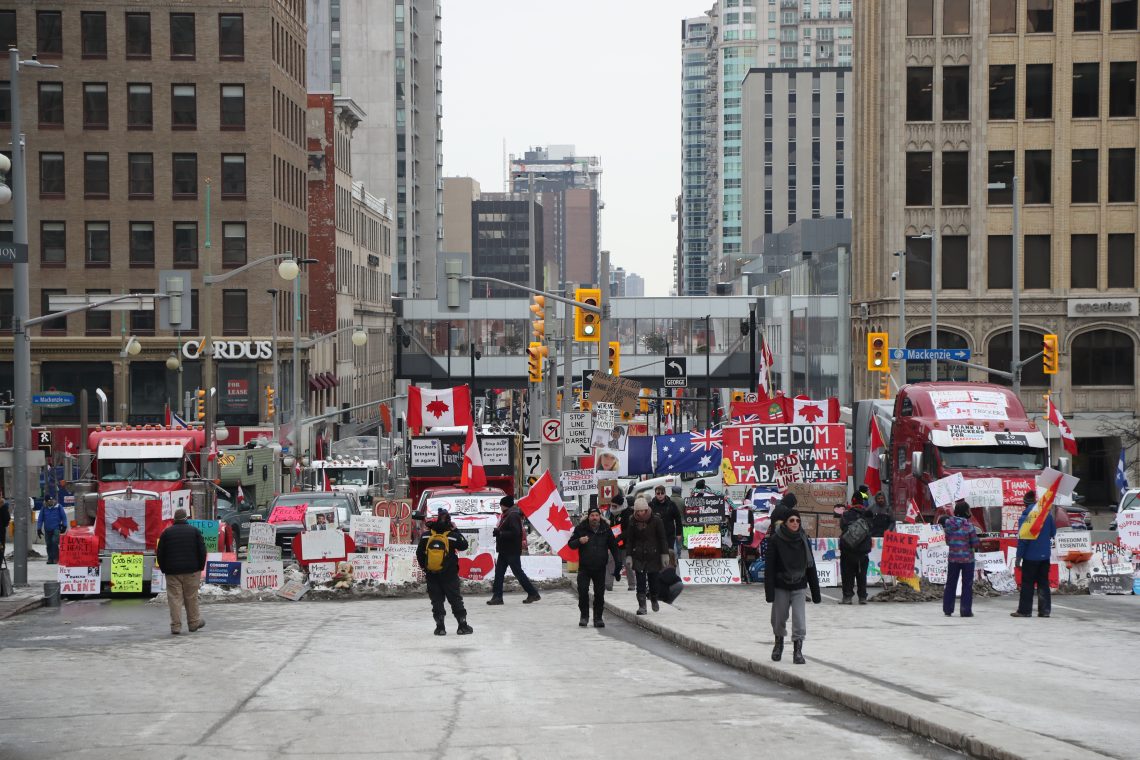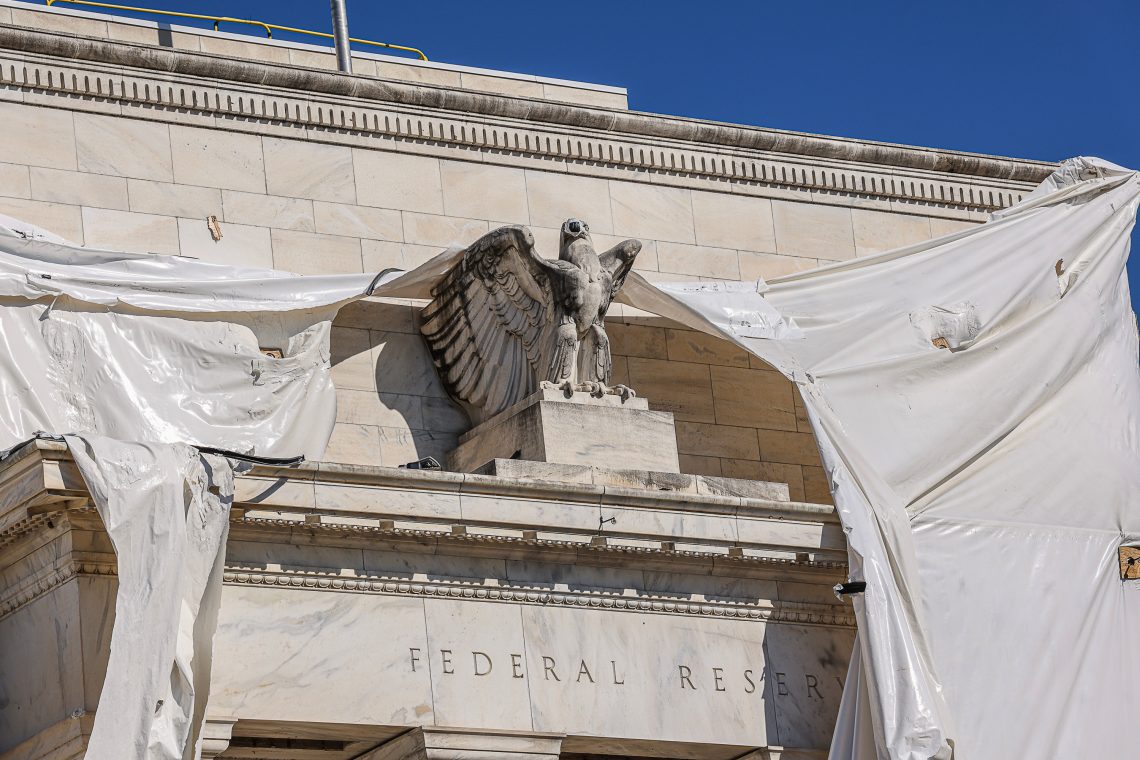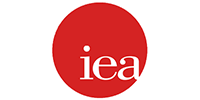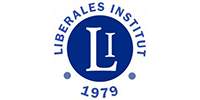Uncovering the flaws in bank stress testing
All 31 major U.S. banks passed the 2024 Federal Reserve stress tests -> Many believe the tests are overly optimistic and fail to capture realistic risks -> The assessment neglects the vulnerability of smaller regional banks
In June, the international financial press was excited to share some “great news” from the United States: All 31 banks that underwent the Federal Reserve’s stress tests this year maintained adequate capital even in a “severe” economic scenario, painting a picture of perfect financial health and banking stability. Unfortunately, this rosy picture quickly vanishes when one takes a closer look at the criteria and examines the Fed’s definition of risk in this context.
Faulty tests, misleading results
Bank stress tests are critical evaluations developed and conducted by regulatory bodies to ascertain the level of resilience and robustness of financial institutions under hypothetical adverse economic scenarios. They are meant to simulate severe economic events and harsh market conditions, such as unemployment spikes or heightened market volatility, to determine if banks have sufficient capital to withstand them.
In the case of the U.S., the Fed’s annual stress test is only conducted on larger, or “systemically important,” banks with assets over $100 billion. The test conditions and hypothetical scenarios can vary somewhat. However, through the years, critics have pointed to many shortcomings and biases in the way the tests are designed and executed.
Most of those objections revolve around the idea that the scenarios are often overly optimistic and fail to capture extreme but plausible risks, which in turn results in an underestimation of potential losses. This can be extremely dangerous, as the stress test results can provide a false sense of security and lead to mass under-preparedness and complacency on the part of both the banks and the public. That makes serious banking crises and subsequent bailouts more likely, putting average households and businesses in a very precarious position.
Facts & figures
This last stress test round in the U.S. was no different. Tomasz Piskorski, professor at Columbia University’s business school, said the Fed’s stress test “underestimated risks in the banking sector” such as those that caused Silicon Valley Bank (SVB) and First Republic to collapse last year: “If the guidelines of this year’s stress tests were based on Silicon Valley Bank’s balance sheet on Dec. 31, 2022 – three months before it went bust – I would not be surprised if it would have been deemed as ‘fine.’”
SVB’s collapse was triggered by the higher interest rate environment that forced the bank to sell some of its longer-term treasuries at a considerable loss to cover increased withdrawals. However, the latest stress test scenarios failed to properly account for similar risks going forward.
The very fact that the U.S. stress tests only involve banks that are “too big to fail” renders the results meaningless as a gauge of resilience for the entire banking sector. Case in point: This year’s stress tests showed that banks are in a position to withstand a recession and especially commercial real estate risks, the latter being a major risk to the American economy that has been widely recognized for over two years. However, this seemingly reassuring test result is entirely misleading, since it is smaller, regional U.S. banks that have by far the largest exposure to commercial real estate, and none of them underwent any tests.
Risk-weighted assets
The 2008 global financial crisis, which gave birth to early stress tests, was caused by banks investing in subprime loans that carried far higher risks than bank managers and regulators admitted at the time, or even thought possible. The Basel III set of regulations was then proposed as a global framework to ensure that this would not happen again, by forcing banks to group their assets under specific risk categories that come with different capital requirements.
As a recent Bloomberg analysis pointed out, this created another glaring problem with how the stress tests are designed:
Then there’s the question of what it means to have adequate capital. Regulators currently set minimum levels for the largest U.S. banks that vary by bank; last year’s ranged from 7 percent to 13.8 percent, which sounds robust. Yet the ratio is calculated as a percentage of the bank’s ‘risk-weighted assets,’ a measure that treats entire categories of assets as having no risk – and therefore needing no capital backing at all.
Under Basel III, U.S. government debt and securities are given a risk weight of zero percent. This seemingly arbitrary and axiomatic rule has far-reaching implications, as it clearly has a political aspect built in, incentivizing banks to lend to the government.
A general misunderstanding and misrepresentation of risk
There is an overarching theme in this debate and in all the arguments against the current stress test philosophy. At their core, stress tests seem to rest upon a misguided and dangerous misconception about the very nature of risk. Just because something is seen as stable does not mean it is safe. A whole lot of things are stable, until they are not. Nassim Taleb put it best: A turkey that is fed every day and kept healthy and comfortable enjoys a “stable” life; until Thanksgiving, that is.
Bill Blain of Windshift Capital has a more practical example:
History teaches house prices rise steadily over time. Until suddenly something happens and the housing market tumbles 50 percent. Every homeowner is then busted by negative equity, which means they can’t borrow to pay off their other loans, which means their bank goes bust on credit card losses, triggering an unravel of synthetic risk transfer trades, a collapse in confidence in markets followed by a bunch of funds admitting they were 12 times levered and are now broke, neatly collapsing the rest of the banking and insurance sector, leading to global mayhem and destruction.
This inability to differentiate between volatility and real risk renders stress testing highly unreliable. As mentioned above, the notion that government bonds with low volatility are “risk-free” is beyond absurd. Imagine we were talking about an over-indebted company instead of an over-indebted government that was issuing debt for which there is no collateral and which is denominated in a currency that is also issued by said company, allowing it to simply print the money it owes. In this context, this debt would probably be seen as the riskiest asset in the market. Even if it was stable for some time, it would surely be seen as a ticking time bomb, getting riskier and riskier as it grew.
Scenarios
Most likely: No improvement to the current testing system
The banking system is already fragile, and regulators, as well as politicians, clearly understand this and quite justifiably do not want a repeat of 2008 on their watch. It is much more politically expedient to let sleeping dogs lie and carry on with business as usual. When the next bank collapse happens (and it inevitably will), it will be easier to just paper over the structural problems with more bailouts, be they direct or indirect, like the rescue operations we saw in the cases of the failed American lenders or the forced takeover of Credit Suisse in Switzerland last year.
Any sort of stringent deleveraging regulation would lead to hyperdeflation, mass unemployment and a deep, sustained, systemic crisis. This scenario, though necessary in the long term, is simply unthinkable for the time being. Any Milei-style adjustments to public spending or deleveraging of the banking system are unimaginable, especially when it comes to the dollar.
The current setup of the financial system coupled with most central banks still holding a substantial part of their foreign reserves in dollars makes the system reliant on an ever-increasing supply of U.S. Treasuries. As a result, any drastic move to curtail public spending or force a liquidation of banking assets would destabilize not only the U.S. economy but also the global financial system, which is heavily anchored by the dollar.
Less likely: Systemic risk is reduced
Another possible solution would be to start differentiating between money and capital once again. Money, in the strict sense of the word, would be held in legal tender. Capital would be held in the form of collective investment schemes off the balance sheet of the banks, for example instead of holding deposits with banks, clients would hold a mutual fund that exclusively invests in Treasury bills.
If, on the other hand, the clients do not need their capital to be liquid, they could invest in a mutual fund that invests in commercial credit or mortgages (depending on the risk profile). Today’s banks would mutate into asset managers, with no balance sheet risk of their own, and thus reducing the systemic risk we face today. It might seem like a far-fetched scenario from our present vantage point, however, it could prove to be a viable way forward without risking systemic collapse.
This report was originally published here: https://www.gisreportsonline.com/r/banks-stress-test/
































